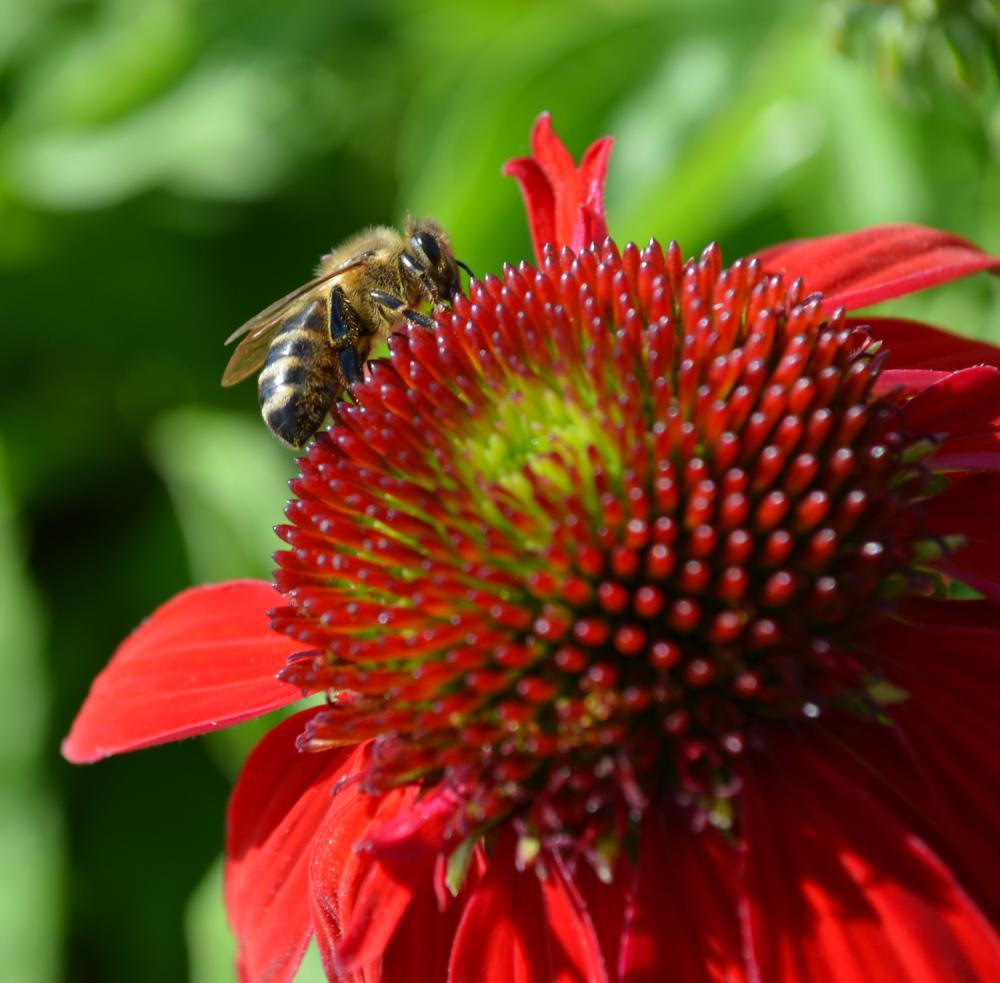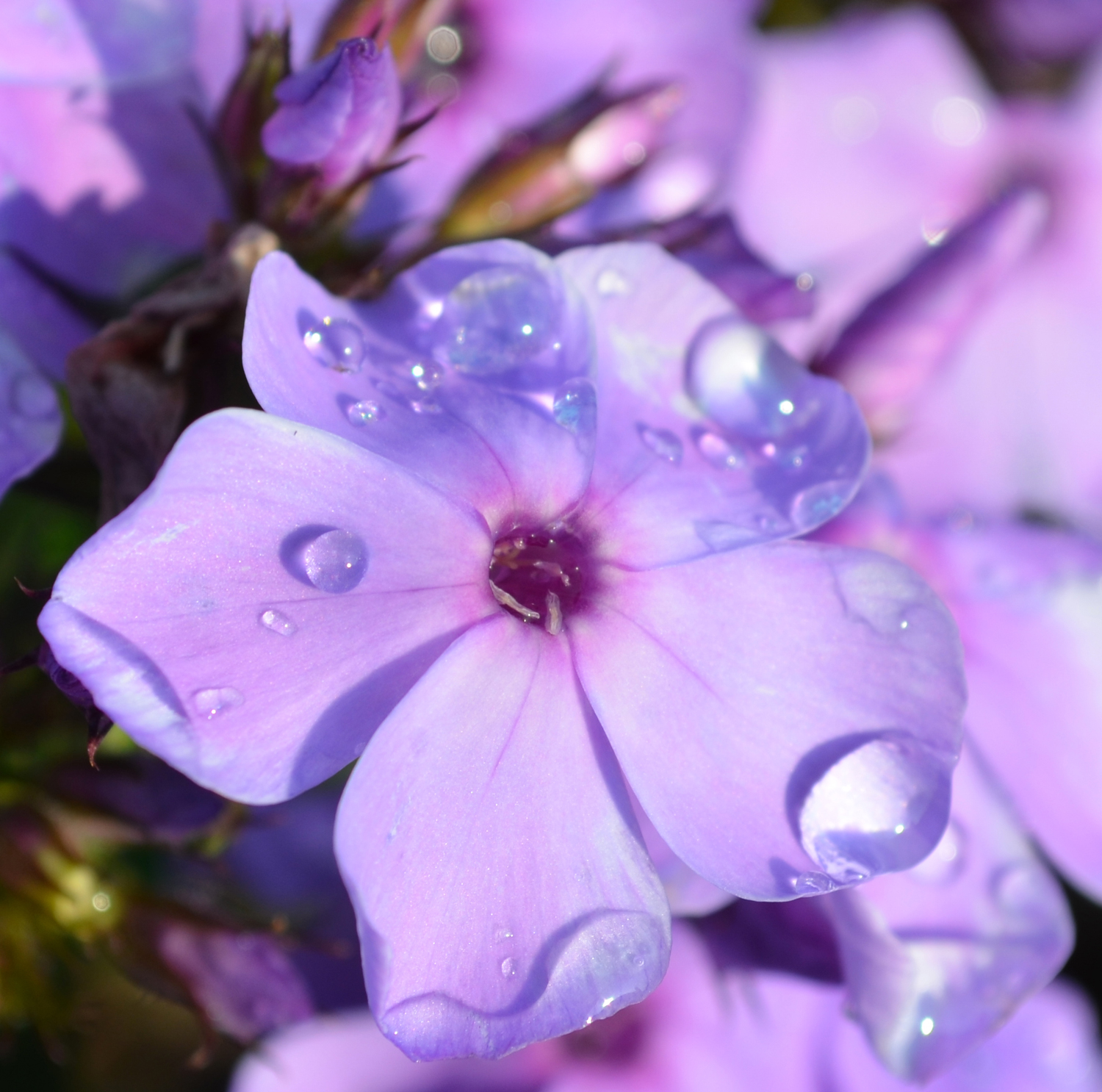Veronica, Speedwell Moody Blues® 'Dark Blue'



- Sun Preference
- Full-Sun, Part-Sun
- Bloom Time
- June, July, August
Description
An easy to grow variety, producing deep, dark blue flowers on a mound of fresh green foliage; makes an ideal small groundcover, great in rock gardens and along border edges
Minnesota's Largest Selection of Perennials
Discover an unparalleled selection of perennials at Gertens! With the largest variety in Minnesota, we offer endless options of colorful perennials, natives, and pollinator plants to beautify your garden year after year. From vibrant flowers to lush foliage, our perennials are perfect for adding beauty and charm to your outdoor space. Visit Gertens today and see why we're known as Minnesota's Destination Garden Center!
Details
Plant Height: 8 inches
Flower Height: 14 inches
Spacing: 12 inches
Sunlight: ![]()
![]()
Hardiness Zone: 5b
Other Names: Speedwell
Group/Class: Moody Blues Collection
Brand: Star
Description:
An easy to grow variety, producing deep, dark blue flowers on a mound of fresh green foliage; makes an ideal small groundcover, great in rock gardens and along border edges
Ornamental Features
Moody Blues® Dark Blue Veronica has masses of beautiful spikes of blue flowers with lavender overtones rising above the foliage from late spring to early fall, which are most effective when planted in groupings. Its glossy narrow leaves remain forest green in color throughout the year. The fruit is not ornamentally significant.
Landscape Attributes
Moody Blues® Dark Blue Veronica is a dense herbaceous evergreen perennial with an upright spreading habit of growth. Its relatively fine texture sets it apart from other garden plants with less refined foliage.
This is a relatively low maintenance plant, and should only be pruned after flowering to avoid removing any of the current season's flowers. It is a good choice for attracting butterflies to your yard, but is not particularly attractive to deer who tend to leave it alone in favor of tastier treats. It has no significant negative characteristics.
Moody Blues® Dark Blue Veronica is recommended for the following landscape applications;
- Mass Planting
- Rock/Alpine Gardens
- Border Edging
- General Garden Use
- Groundcover
- Container Planting
Planting & Growing
Moody Blues® Dark Blue Veronica will grow to be about 8 inches tall at maturity extending to 14 inches tall with the flowers, with a spread of 14 inches. When grown in masses or used as a bedding plant, individual plants should be spaced approximately 12 inches apart. Its foliage tends to remain low and dense right to the ground. It grows at a medium rate, and under ideal conditions can be expected to live for approximately 8 years.
This plant does best in full sun to partial shade. It prefers dry to average moisture levels with very well-drained soil, and will often die in standing water. It is considered to be drought-tolerant, and thus makes an ideal choice for a low-water garden or xeriscape application. It is not particular as to soil pH, but grows best in sandy soils, and is able to handle environmental salt. It is highly tolerant of urban pollution and will even thrive in inner city environments. This particular variety is an interspecific hybrid. It can be propagated by division; however, as a cultivated variety, be aware that it may be subject to certain restrictions or prohibitions on propagation.
Moody Blues® Dark Blue Veronica is a fine choice for the garden, but it is also a good selection for planting in outdoor pots and containers. It is often used as a 'filler' in the 'spiller-thriller-filler' container combination, providing a mass of flowers against which the larger thriller plants stand out. Note that when growing plants in outdoor containers and baskets, they may require more frequent waterings than they would in the yard or garden. Be aware that in our climate, most plants cannot be expected to survive the winter if left in containers outdoors, and this plant is no exception. Contact our store for more information on how to protect it over the winter months.
More Information
| Common Family Name | Speedwell |
|---|---|
| Gerten Grown Plants | Gerten Grown Plants |
| Sun Preference | Full-Sun, Part-Sun |
| Bloom Time | June, July, August |
| Mature Spread (Range) | 12" - 24" |
| Mature Height (Range) | 13" - 24" |
| USDA Hardiness Zone | 4, 5, 6, 7, 8, 9 |


